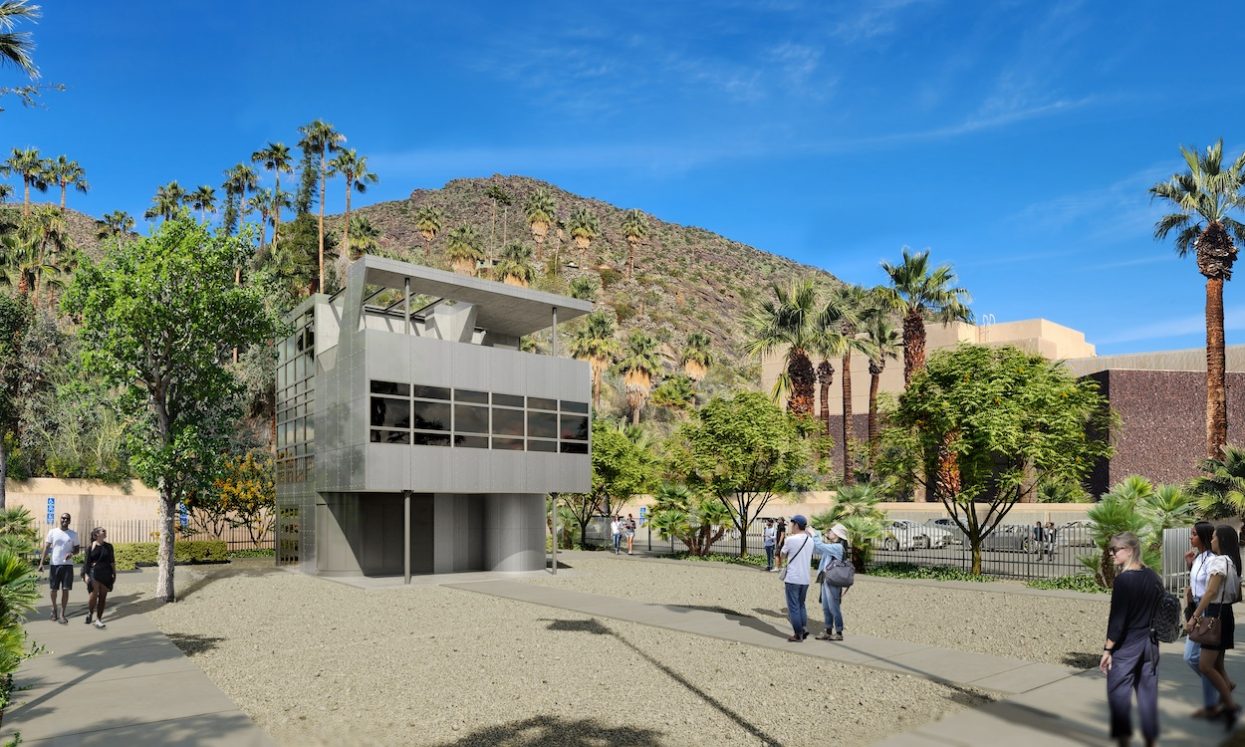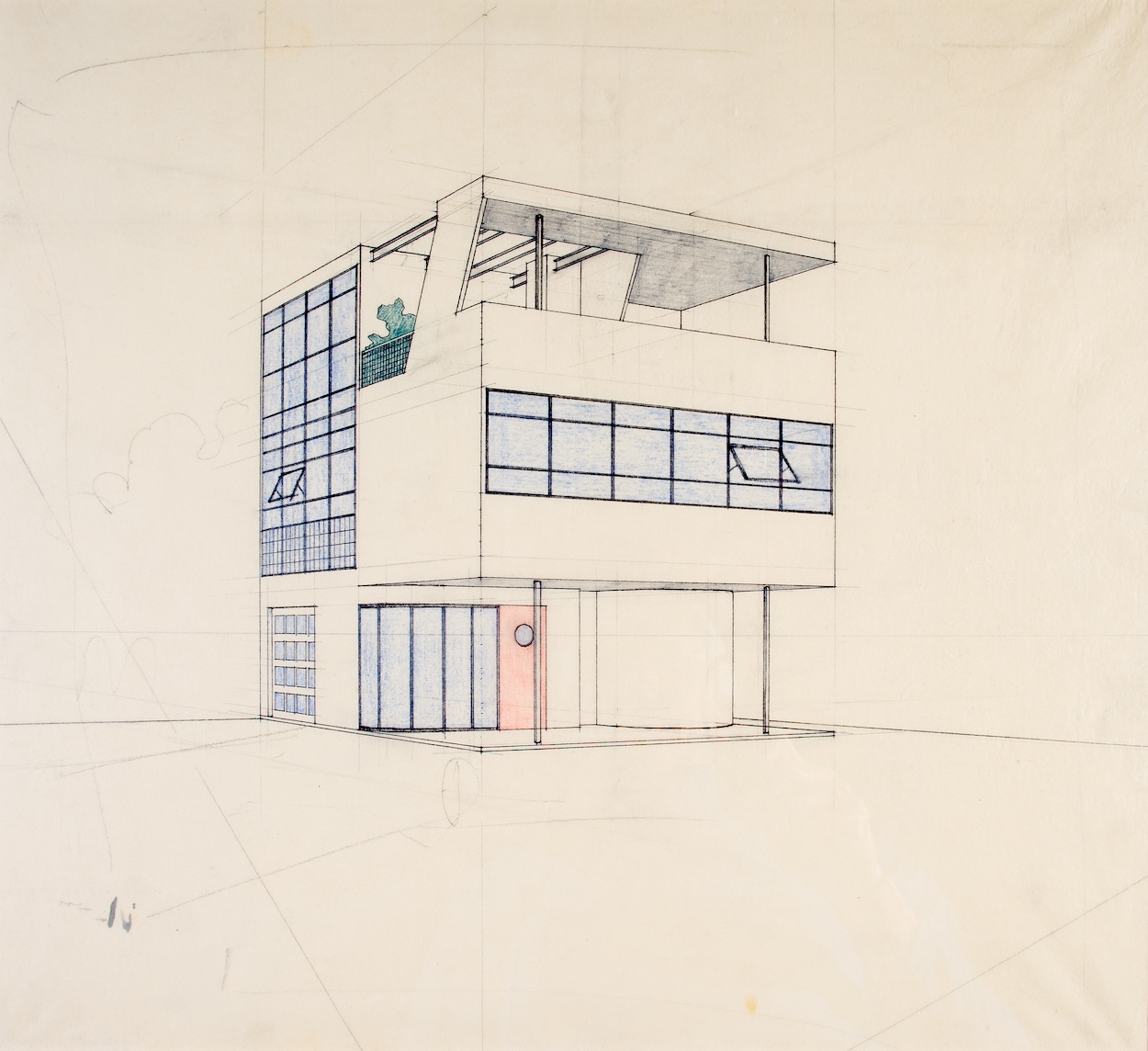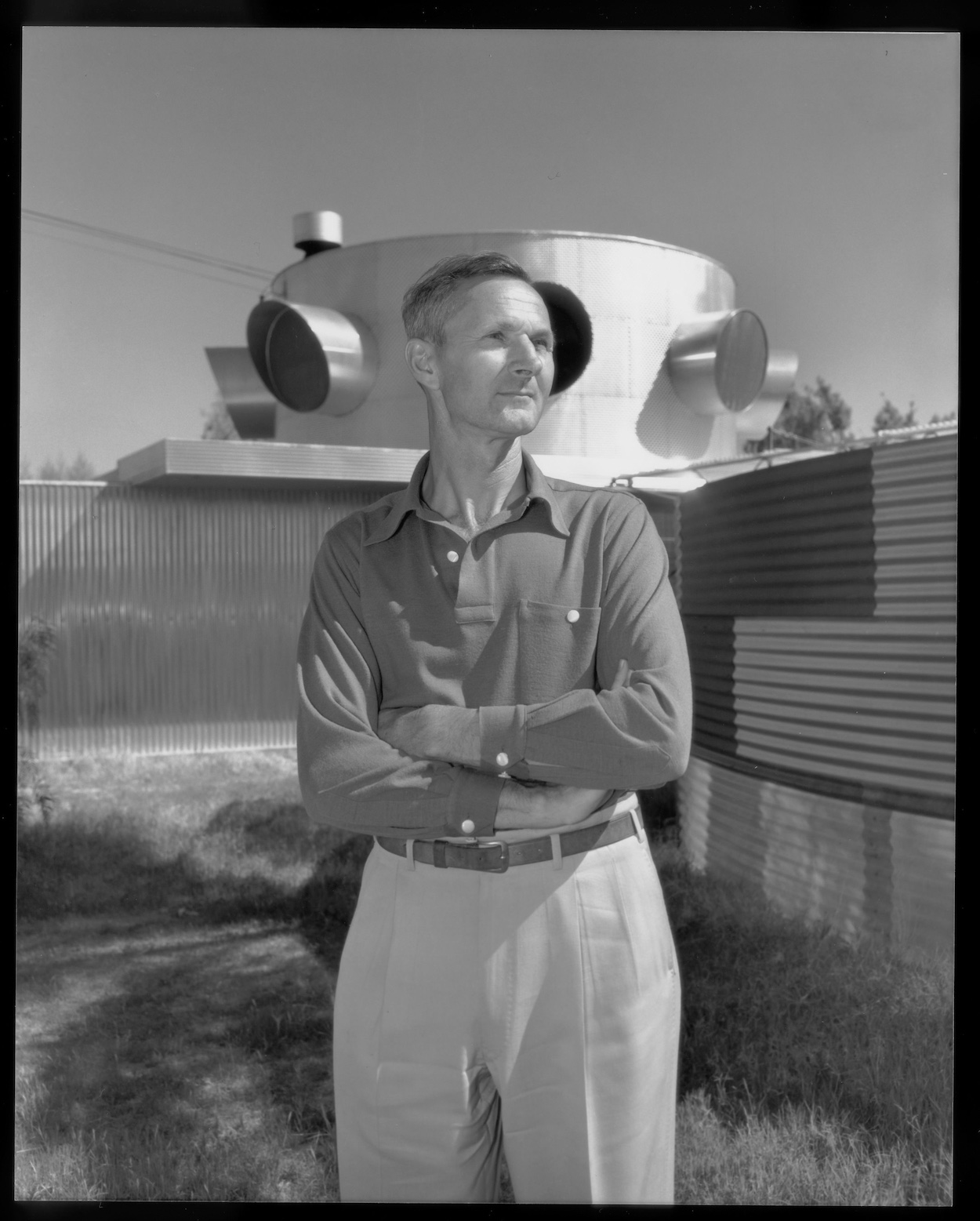By the time Albert Frey arrived at Ellis Island in 1930, the 27-year-old had already apprenticed with Le Corbusier and studied his Five Points of Architecture. Frey hewed to them closely while teaming up with close friend and former Architectural Record editor A. Lawrence Kocher to design the Aluminaire House, one of the earliest examples of International Style. Unveiled at a 1931 design showcase in the soaring exhibition halls of the erstwhile Grand Central Palace, the boxy, three-story structure was clad entirely in aluminum and glass, intended to be mass-produced, modular, and affordably made using inexpensive, off-the-shelf materials. The prototype polarized the public. More than 100,000 visitors toured the exhibition in just one week; a young Philip Johnson picketed it.
Since then, the Aluminaire House has endured ups and downs, being disassembled, reassembled, protested, relocated, and spared from demolition by a whirlwind of owners. The influential structure is now being relocated once again, this time to a permanent home: a parking lot outside the Palm Springs Art Museum, where it will open to the public on March 23. Along with trustee Lee Marmol of architecture firm Marmol Radziner, the institution has led a months-long restoration that involved adding features like weatherproofing and air conditioning. “We have to keep it from melting in the desert sun,” Marmol told the New York Times. “If you think about a metal box in the 125-degree summer sun, it would be hot enough inside to damage any finished materials.” Not that visitors will be allowed inside. Meeting today’s accessibility requirements would mandate major design changes, so the house will instead stand as a beacon of Modernism to be admired from afar.
Palm Springs makes a fitting home for Aluminaire House. In 1934, Frey migrated to the Coachella Valley and quickly fell in love with the magnificently barren California desert and the mysteries it contains. (In a 1936 letter to Le Corbusier, he was dazzled by the “intellectual milieu in Palm Springs” and its “wild, savage, natural setting.”) He’d go on to reshape the city’s design vernacular in a “desert modernism” style: low-slung yet triumphantly linear structures marked by an adroit handling of low-cost materials, sublime earthy color combinations, and geometric compositions. His prolific six-decade career saw more than 200 buildings come to life there, including Palm Springs City Hall, the iconic Tramway Gas Station, and his longtime residence Frey House II. The latter now belongs to the Palm Springs Art Museum, which recently opened an exhibition about his indelible imprint on the city. A local outlet christened him “The Modfather” and cites his buildings as a key reason why Modernism Week is so highly attended.


